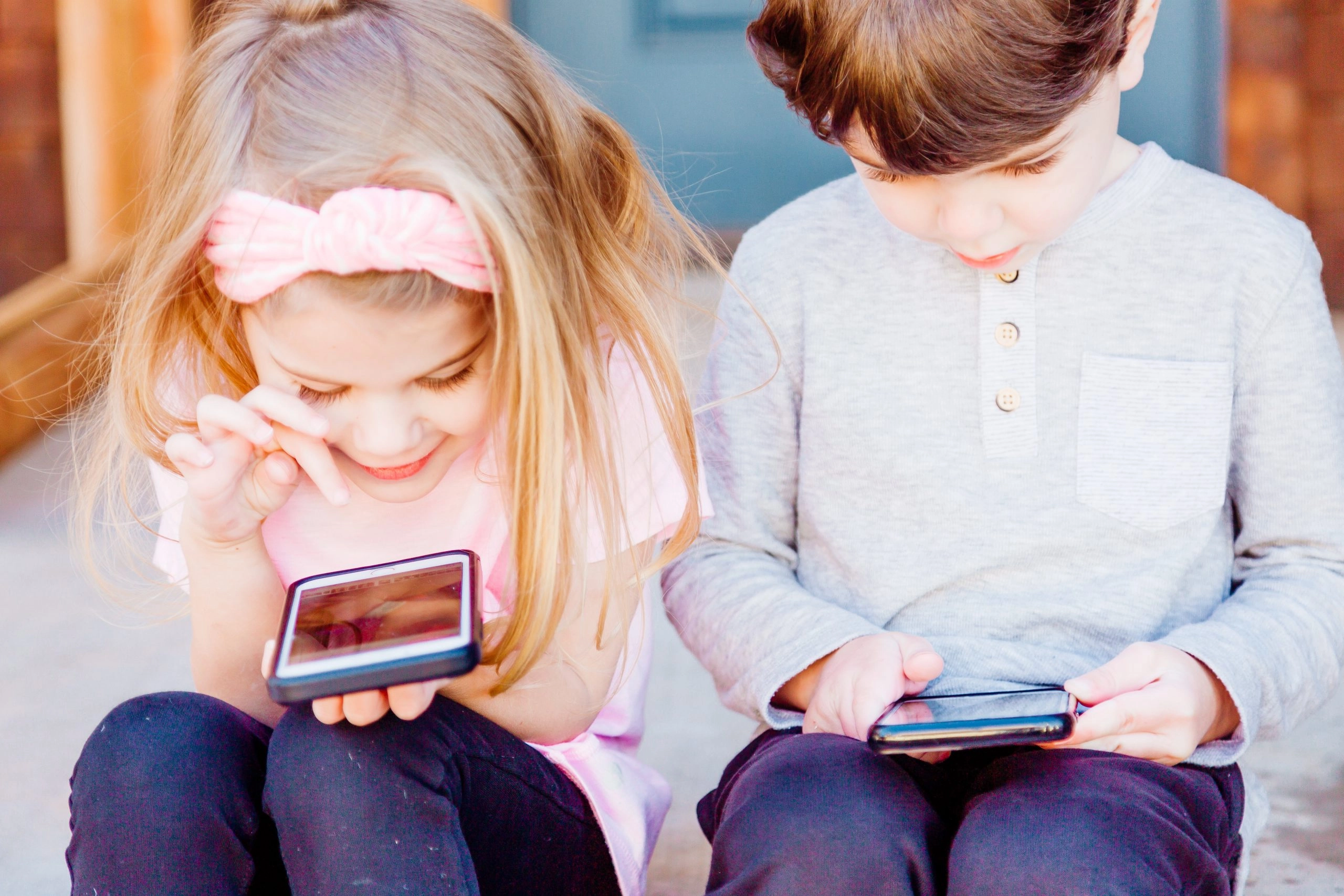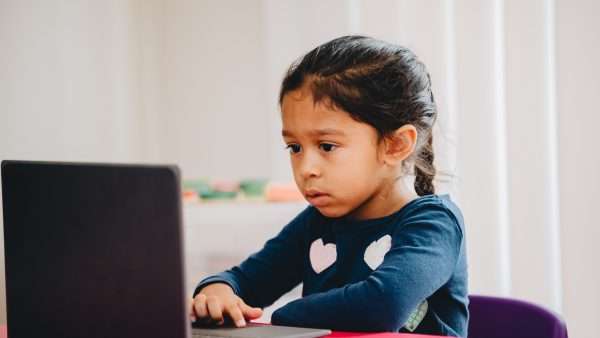Never before has information, both useful and destructive, been more available than now. The useful information and accompanying graphical components do not need an explanation. We can simply say we are grateful for the technology, the immediacy, and the accuracy of the information we choose to absorb, to lead a productive and happy life. After all, it is through apps and social media we can instantaneously communicate with family, friends, and work, to more effectively enjoy the day and plan for tomorrow. But this access can have a negative impact on our youth. For years we have seen the popularity of social media grow and we have all heard stories of tragedies associated with it. Children and teens suddenly find themselves caught in a self-esteemed pickle judging their sense of worth by the number of likes or lack of likes their post may yield.
And for young people interacting over the Internet, the temptation for abuse and to wander to areas dubbed the “dark web” can lead any “well adjusted” individual into addiction or worse, isolation and loneliness, let alone those with compromised mental health issues. Even if they do not become victim to the dark web, there is a preponderance of “fake news” and even “fake ads.” This phenomena is documented in my own paper, Industrial age advertising identifies solutions for a 21st century social network driven world at the Internet, Politics, Policy 2018: Long Live Democracy conference at Oxford. The most fascinating walk away from the conference was that so called normal or well-adjusted individuals may from time to time reshare information about a political candidate they want to see elected even if they have not properly vetted that information for accuracy and its source. We are all responsible to read between the internet lines and use information wisely. The implications for our youth can be even more consequential than in adults.
Youth who exhibit any number of traits along the “atypical” categories are among those most at risk when it comes to properly understanding information, interacting with social media, and the internet. For example, kids struggling with anxiety, depression, or a plethora of other mental health issues.
On top of the strains of social media, these children face other battles as well. Some face difficulties socializing or deal with a mental illness, but it is not properly treated because age becomes a barrier. My son, Ethan, took his own life. He was autistic and struggled socially. He also was an example of a child who could never get an accurate diagnosis because of his age. He had a mood disorder and found himself in the juvenile justice system. Despite his struggles, we never believed he would take his own life. Honestly, I don’t believe any parent expects it or sees it coming. However, suicide rates continue to climb. For each child the reasons vary, and it could come from multiple feelings.
An 11-24-19 report on the CBS television show 60 minutes showcased a team from Carnegie Mellon University who believe for many people who take their lives, their brains are wired differently. These feelings of taking their life may not be necessarily tied to a current situation or atypical diagnosis. So it might not be about medication to deal with the feelings as much as that scientists might be able to rewire brains so the feelings of ideation can be curtailed.
As a result of my son becoming a foot soldier of the mental health crisis ending in his life, I intend to raise awareness in schools and beyond. I have met with a state senator and plan to testify before a Michigan legislative committee about the juvenile justice system’s handling of children with mental illness. The system is flawed and needs adjusting for children like my son. It’s too late for him, but by joining forces and through education I believe we might be able to slow it down.
My book, “Ethan’s Healthy Mind Express” — co-authored with Emily Waszak — went on sale on Amazon on Nov. 23, International Survivors of Suicide l Day. The book we believe is the first children’s mental health primer and we include 5 lessons including a warning to avoid the dark web, areas of the Internet that can lead to isolation or mistrust. My wife, Stacey, and I hope to use the proceeds from the book to go into schools with the Ethan’s Healthy Mind Express story.
My wife and I also started the Ethan Bean Mental Wellness Foundation (EBMWF) with a mission to help distribute the latest research and information to assist in leading an international conversation about mental wellness and let each individual family decide how to best mitigate the potential risks.
It takes the whole community. As we say in the book, “It’s not just the train, it’s really the track!” meaning it’s not just the kids who need to understand how to get along, the community must consider new ways to help inclusion and new ways to combat feelings of suicide for those with suicide ideation. . I never want Ethan to be forgotten. He felt like he was. Our public school system couldn’t help him. Our juvenile justice system couldn’t help him. Only we, as a community, can create the change necessary to ease the suicide epidemic. It is up to us to protect our youth.
Resources:
Here are good resources on exploring the internet and its societal affects, to simply let you know who they are so you can follow them how you see a fit knowing yourself, your children, and your family.
Educational:
- Oxford Internet Institute, Oxford University, ENG
- Informing Science Institute, Santa Cruz, CA, USA
- The Center for Internet Research, Haifa, Israel
- JMIR Mental Health, one of many journals on topic
- Mental Health America
- Related articles via Google Scholar
- Startling real-time health statistics at worldometers.info
Governmental:
- National Institute of Mental Health
- World Health Organization
- Center for Disease Control and Prevention
For additional information on the Internet and mental health, see this study published on Aug. 13, 2019, in The Lancet, Roles of cyberbullying, sleep, and physical activity in mediating the effects of social media use on mental health and wellbeing among young people in England: a secondary analysis of longitudinal data.
The research community is waking up to the risks and hopes you stay tuned to the EBMWF so we can take this information and aid those we reach. We are just establishing ourselves and open to collaborating with other like-minded people and organizations for the sake of better mental health for all.






